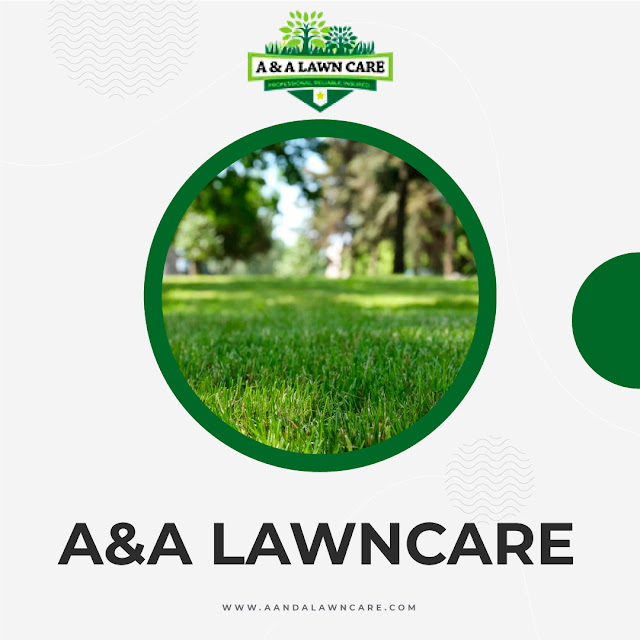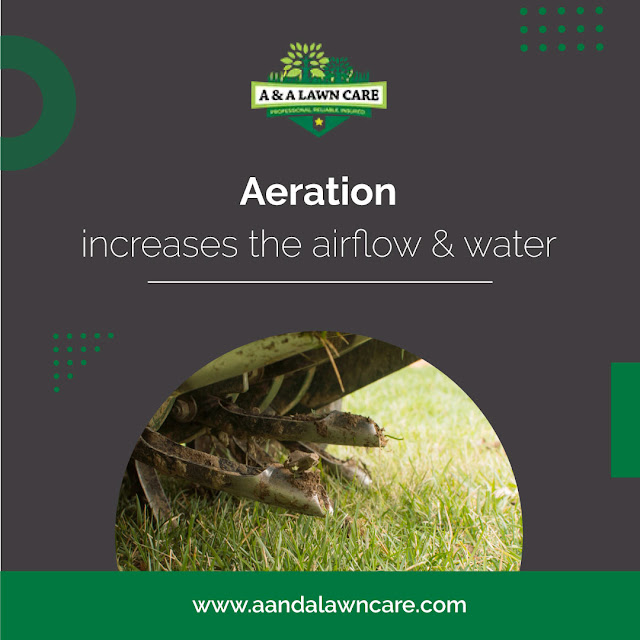Transforming Your Lawn's Appearance and Health With Detaching
If you desire a lush, vibrant lawn, it's essential to address the buildup of thatch. Thatch consists of dead grass stems, roots, and debris that accumulate between the soil and the actively growing grass blades. When excessive thatch develops, it can impede water, air, and nutrient penetration, leading to a lackluster and unhealthy lawn. The transformative benefits of dethatching provide you with five key points to help you improve the appearance and health of your lawn.
1. Importance of Dethatching:
Dethatching is removing the layer of thatch
that has built up on your lawn. Addressing excessive thatch allows essential
resources to reach the soil, promoting healthy root growth and nutrient uptake.
Dethatching enhances water absorption, reduces the risk of disease and pests,
and encourages a more vigorous lawn overall. It's a crucial step in
revitalizing your lawn's appearance and ensuring long-term health.
2. Identifying Signs of Excessive Thatch:
To determine if your lawn requires
dethatching, look out for the following signs of excessive thatch buildup:
● The
spongy feeling when strolling on the lawn.
● Difficulty
penetrating water into the soil.
● Poor
grass growth or yellowing despite regular maintenance.
● Increased
susceptibility to disease and pest infestations.
If you notice any of these signs, it's a clear
indication that dethatching is needed to restore your lawn's vitality.
3. Selecting the Right Tools and Timing:
Dethatching can be performed using different
tools, such as a dethatching rake, power rake, or vertical mower. The choice of
tool depends on the severity of thatch buildup and the size of your lawn. For
minor thatch issues, a dethatching rake is often sufficient. However, for
larger areas or more severe thatch problems, a power rake or vertical mower may
be necessary. It is best done during the lawn's active growing season when it
has enough time to recover and fill in any gaps left after dethatching. In
cool-season grasses, such as Kentucky bluegrass and fescue, early spring or
early fall are ideal. Warm-season grasses, like Bermuda grass or Zoysia grass,
benefit from dethatching during late spring or early summer.
4. Proper Dethatching Techniques:
To effectively dethatch your lawn, follow
these techniques:
● Adjust
the dethatching tool to the appropriate depth, ensuring it reaches the thatch
layer without damaging the grass crowns.
● Work
in parallel lines, overlapping each passes slightly to ensure thorough
coverage.
● Remove
the thatch debris using a rake or a lawn sweeper.
● After
dethatching, it is crucial to water your lawn deeply to aid in its recovery and
promote new growth.
5. Post-Dethatching Care and Maintenance:
After dethatching, your lawn requires some
extra care to recover and flourish:
● Apply
a high-quality fertilizer to provide essential nutrients for recovery and
growth.
● Overseed
your lawn with grass seed to fill in any bare areas and promote denser growth.
● Avoid
heavy foot traffic and mowing for a few weeks to allow your lawn to recover
fully.
Dethatching is a transformative process that
can revitalize the appearance and health of your lawn. Visit A and A Lawn Care
to get the services from our experts!





Comments
Post a Comment